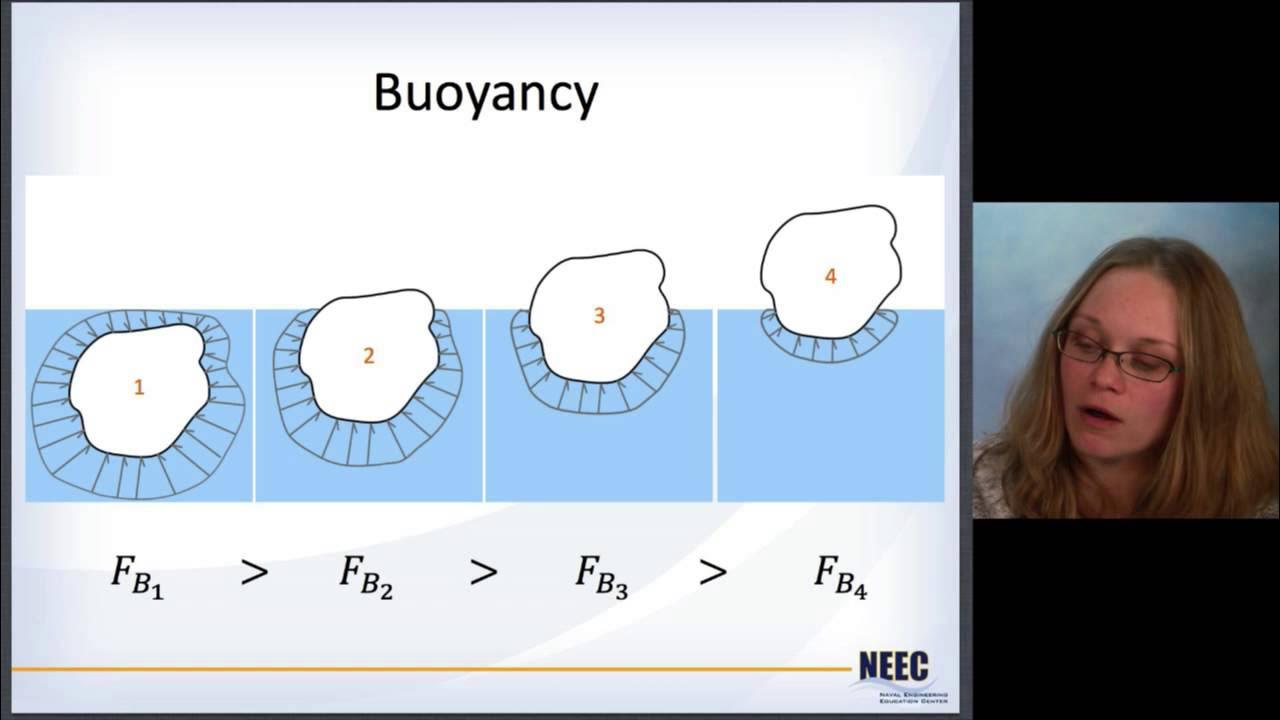Naval Arch 01 - Ship Geometry
Summary
TLDRIn this introductory lecture on hydrostatics, Laura Alfred explains the fundamental geometry of ships, focusing on key terms and concepts. She introduces the hull, bow, stern, port, starboard, and reference planes like the centerline, waterline, and midship plane. Alfred details how different planes and lines help visualize the ship's shape and explains terms like beam, draft, depth, and freeboard. She also covers coefficients like water plane and block, essential for ship comparison and calculation. The lecture sets the foundation for future discussions on ship stability and hydrostatics.
Takeaways
- 🚢 The hull is the outer structure of the ship, with the front called the bow and the back called the stern. Left is port and right is starboard.
- ⚓ Reference planes help describe parts of a ship: the center line plane (vertical), waterline plane (horizontal), and midship plane (transverse).
- 📏 Waterline length refers to the ship's length at the waterline, important for calculating how it behaves in water.
- 🧭 Ships generally have port-starboard symmetry, and different sections (stations) forward or aft of midships help understand hull shape.
- 🔄 The ship's cross-sections (stations, buttock lines, and waterlines) reveal how the hull’s shape changes from the bow to the stern.
- 📐 Beam refers to the width of the ship, often at midships, and is important for stability and ship design.
- 🌊 Draft is the vertical distance from the waterline to the bottom of the hull, indicating how much of the ship is submerged.
- ⚖️ The block coefficient measures how 'full' the hull is, important for comparing ships and their cargo capacities.
- 🛠️ Water plane coefficient describes how much of the water plane area is taken up by the ship, impacting its speed and cargo-carrying ability.
- 📊 Ratios like length-to-beam, beam-to-draft, and others help compare ship geometry and performance characteristics.
Q & A
What is the hull of a ship?
-The hull is the main exterior part of the ship that is visible, and it refers to the body of the ship excluding the masts, sails, or superstructure.
What are the names for the front and back of a ship?
-The front of a ship is called the bow, and the back is called the stern.
What terms are used to describe the left and right sides of a ship?
-The left side of a ship is called 'port,' and the right side is called 'starboard.'
What are the center line, waterline, and midship planes on a ship?
-The center line plane is a vertical plane down the center of the ship. The waterline plane is horizontal, representing the level at which the ship meets the water. The midship plane is a vertical plane at the center of the ship from bow to stern.
What are waterlines, and how do they illustrate the shape of a ship?
-Waterlines are horizontal slices taken at different heights along the ship’s hull, illustrating how the ship’s shape changes from the keel (bottom) to the top decks.
What are 'stations' in ship geometry?
-Stations are vertical sections taken along the length of the ship. These slices help illustrate how the shape of the hull changes from the bow to the stern.
How is the beam of a ship defined?
-The beam is the width of the ship, usually measured at its widest point, which is typically at midships.
What is the difference between 'depth' and 'draft' in ship geometry?
-Depth is the overall height of the ship from the keel to the deck, while draft is the vertical distance from the keel to the waterline, indicating how much of the hull is underwater.
What is the block coefficient, and why is it important?
-The block coefficient is the ratio of the ship’s underwater volume to the volume of a rectangular block with the same length, beam, and draft. It provides a way to compare the fullness of the hull and is important for understanding a ship’s performance and capacity.
How do you calculate the water plane coefficient?
-The water plane coefficient is calculated by dividing the area of the water plane (the horizontal slice where the hull meets the water) by the product of the ship’s length and beam. It indicates how full the water plane is relative to the ship’s dimensions.
Outlines

Esta sección está disponible solo para usuarios con suscripción. Por favor, mejora tu plan para acceder a esta parte.
Mejorar ahoraMindmap

Esta sección está disponible solo para usuarios con suscripción. Por favor, mejora tu plan para acceder a esta parte.
Mejorar ahoraKeywords

Esta sección está disponible solo para usuarios con suscripción. Por favor, mejora tu plan para acceder a esta parte.
Mejorar ahoraHighlights

Esta sección está disponible solo para usuarios con suscripción. Por favor, mejora tu plan para acceder a esta parte.
Mejorar ahoraTranscripts

Esta sección está disponible solo para usuarios con suscripción. Por favor, mejora tu plan para acceder a esta parte.
Mejorar ahora5.0 / 5 (0 votes)






